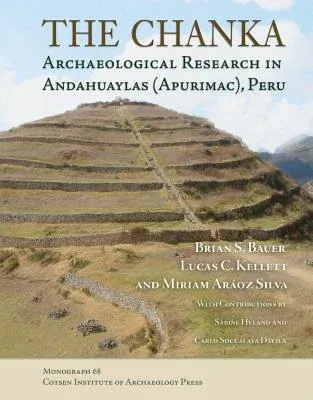In AD 1438 a battle took place outside the city of Cuzco that changed
the course of South American history. The Chanka, a powerful ethnic
group from the Andahuaylas region, had begun an aggressive program of
expansion. Conquering a host of smaller polities, their army had
advanced well inside the territory of their traditional rival, the Inca.
In a series of unusual maneuvers, the Inca defeated the invading Chanka
forces and became the most powerful people in the Andes. Many scholars
believe that the defeat of the Chanka represents a defining moment in
the history of South America as the Inca then continued to expand and
establish the largest empire of the Americas. Despite its critical
position in South American history, until recently the Chanka heartland
remained unexplored and the cultural processes that led to their rapid
development and subsequent defeat by the Inca had not been investigated.
From 2001 to 2004, Brian Bauer conducted an archaeological survey of the
Andahuaylas region. This project represents an unparalleled opportunity
to examine theoretical issues concerning the history and cultural
development of late-prehistoric societies in this area of the Andes. The
resulting book includes an archaeological analysis on the development of
the Chanka and examines their ultimate defeat by the Inca.

